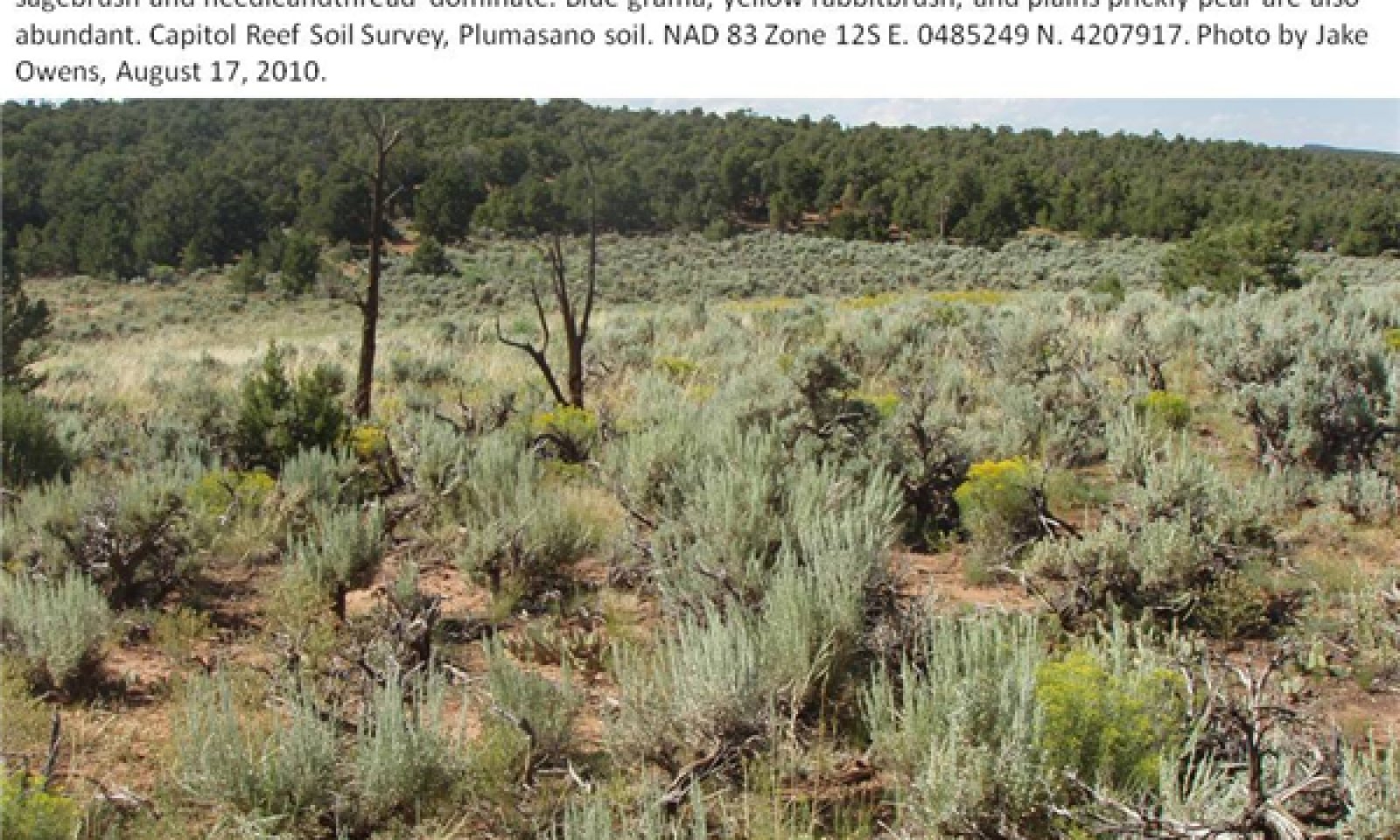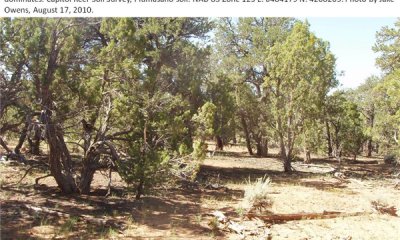
Upland Loam (Mountain Big Sagebrush)
Scenario model
Current ecosystem state
Select a state
Management practices/drivers
Select a transition or restoration pathway
- Transition T1 More details
- Transition T2a More details
- Transition T2b More details
- Transition T3a More details
- Transition T3b More details
- Transition T4a More details
-
No transition or restoration pathway between the selected states has been described
Target ecosystem state
Select a state
Description
The reference state represents the plant communities and ecological dynamics of the upland loam (mountain big sagebrush) site. This state includes the biotic communities that become established on the ecological site if all successional sequences are completed under the natural disturbance regime. The reference state is generally dominated by perennial grasses and mountain and/or Bonneville big sagebrush. The reference state is self sustaining and resistant to change due to high resistance to natural disturbances and high resilience following natural disturbances. When natural disturbances occur, the rate of recovery is variable due to disturbance intensity. Once invasive plants establish, return to the reference state may not be possible.
Submodel
Description
The current potential state is similar to the reference state in community sturcture and ecological function, however the presence of invasive species reduces the resillience of the site to further degradation. This state is generally dominated by mountain or Bonneville big sagebrush. Primary disturbance mechanisms include climate fluctuations, fire, native herbivore grazing, domestic livestock grazing and surface disturbances such as road and pipeline development and off road vehicle (OHV) use. Timing of these disturbances dictates the ecological dynamics that occur. The current potential state is self sustaining; but is losing resistance to change due to lower resistance to disturbances and lower resilience following disturbances.
Submodel
Description
This state is dominated by two-needle pinyon and Utah juniper. It occurs when perennial grasses, shrubs, and forbs decrease in the community to the point where they are no longer capable of reproduction at a rate necessary to dominate the site in the event of tree removal by fire or other means.
This state is the least resistant to soil erosion and may be at significant risk of permanent soil loss. An eroded state has not yet been documented on this site, but phase 3.2 has been characterized as having noticeable soil movement.
Submodel
Description
This state is dominated by introduced perennial grasses, typically crested wheatgrass, Siberian wheatgrass, or Siberian wildrye. It can persist for decades with minimal reestablishment of sagebrush, and practically no reestablishment of native forbs or grasses.
Submodel
Description
This state is dominated by introduced perennial grasses. It is resistant to invasive annuals and resilient to grazing pressure. Primary disturbance mechanisms include climate fluctuations, fire, native herbivore grazing, domestic livestock grazing and surface disturbances such as road and pipeline development and off road vehicle (OHV) use. Timing of these disturbances dictates the ecological dynamics that occur.
Submodel
Mechanism
This transition occurs when a seed source and germination sites facilitate the establishment of non-native invasive species, particularly cheatgrass. Modern disturbances such as livestock grazing and recreation may accelerate this transition by providing both seeds and soil surface disturbance, however, cheatgrass and other invasive species are capable of establishing in the absence of major disturbance on this site. Once non-native species are present, the resilience of the site is reduced and it is not practical to return to the reference state.
Mechanism
This transition occurs when two-needle pinyon and Utah juniper dominate. Shrubs may still be abundant, but perennial grasses are unable to propogate themselves in the event of fire or other reduction in woody species. Fire suppression, improper livestock grazing, or other disturbances that reduce the vigor of perrenial grasses can accelerate this transition. The threshold is the point where perennial grasses can no longer re-establish themselves following fire, herbicide, or other disturbance that removes woody species. Two-needle pinyon and Utah juniper are increasing in the community and become more dominant than sagebrush.
Mechanism
This transition occurs when improper grazing (continuous season long, stocking rate too high) causes mortality of cool season perennial grasses. Shrubs may still be abundant. The threshold is the point where cool season perennial grasses can no longer survive improper grazing practices. The surviving warm season perennial grasses are more grazing tolerant.
Mechanism
This transition occurs when two-needle pinyon and Utah juniper dominate. Shrubs may still be abundant, but perennial grasses are unable to propogate themselves in the event of fire or other reduction in woody species. Fire suppression, improper livestock grazing, or other disturbances that reduce the vigor of perrenial grasses can accelerate this transition. The threshold is the point where perennial grasses can no longer re-establish themselves following fire, herbicide, or other disturbance that removes woody species. Two-needle pinyon and Utah juniper are increasing in the community and become more dominant than sagebrush.
Mechanism
A rangeland seeding, typically preceded by brush management (i.e. chaining)and typically with introduced perennial grasses.
Model keys
Briefcase
Add ecological sites and Major Land Resource Areas to your briefcase by clicking on the briefcase (![]() ) icon wherever it occurs. Drag and drop items to reorder. Cookies are used to store briefcase items between browsing sessions. Because of this, the number of items that can be added to your briefcase is limited, and briefcase items added on one device and browser cannot be accessed from another device or browser. Users who do not wish to place cookies on their devices should not use the briefcase tool. Briefcase cookies serve no other purpose than described here and are deleted whenever browsing history is cleared.
) icon wherever it occurs. Drag and drop items to reorder. Cookies are used to store briefcase items between browsing sessions. Because of this, the number of items that can be added to your briefcase is limited, and briefcase items added on one device and browser cannot be accessed from another device or browser. Users who do not wish to place cookies on their devices should not use the briefcase tool. Briefcase cookies serve no other purpose than described here and are deleted whenever browsing history is cleared.
Ecological sites
Major Land Resource Areas
The Ecosystem Dynamics Interpretive Tool is an information system framework developed by the USDA-ARS Jornada Experimental Range, USDA Natural Resources Conservation Service, and New Mexico State University.






